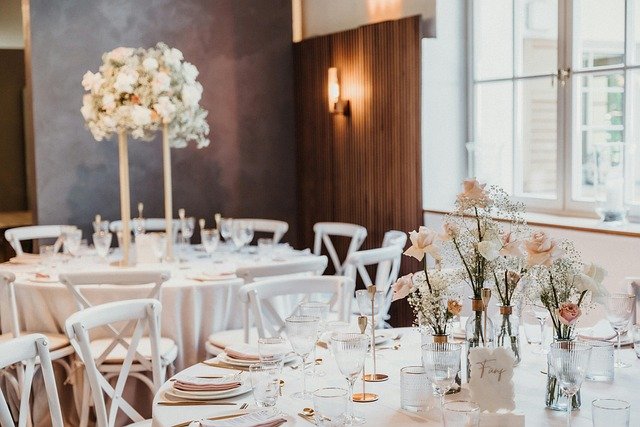Choosing the Right Chairs for Events: Seating, Rentals, and Folding Options
Choosing the right chairs can transform an event from functional to memorable. Whether you’re outfitting a wedding, corporate meeting, or community gathering, thinking about style, comfort, durability, and logistics early saves time and reduces stress. This guide covers practical choices for chairs, how to plan event seating, rental considerations, and why folding chairs still have a valuable place.

chairs: how to choose the right style
Start with the event’s purpose and aesthetic. Formal events often use banquet or Chiavari chairs to match elegant décor, while casual gatherings favor simpler designs. Consider seat height, back support, and whether armrests are needed; these affect comfort for multi-hour events. Material choices—wood, metal, resin, or upholstered—impact both look and maintenance needs.
Balance style with practicality. Upholstered or padded chairs increase comfort but require cleaning and careful transport. For outdoor events, prioritize weather-resistant materials and finishes. If you expect mixed-ability guests, ensure some chairs have higher seats and armrests to aid standing and sitting.
event seating: planning for comfort and flow
An effective seating plan supports sightlines, circulation, and conversation. For auditoriums or presentations, arrange rows with clear aisles and staggered seating to improve visibility. For banquets, round tables with evenly spaced chairs encourage interaction. Allow sufficient space between rows and tables for servers and guests to move comfortably.
Consider how seating affects acoustics and sightlines. Elevated staging, angled seating, and tiered arrangements can help. For multi-purpose venues, modular seating that can be reconfigured between sessions keeps the space flexible while reducing setup time and labor costs.
rental: what to look for in rental agreements
Renting chairs is often the most cost-effective option for one-off events or variable guest counts. When evaluating rental providers, check minimum order sizes, delivery and pickup fees, damage policies, and replacement costs. Confirm whether linens, pads, or cushions are included or charged separately.
Ask about setup and teardown services and timeline flexibility. Reliable vendors provide clear estimates for delivery windows and on-site support. If working with local services, request references or photos from recent events to verify condition and cleanliness of rental inventory.
seating: materials, comfort, and durability
Material matters for comfort and lifecycle cost. Metal frames are strong and long-lasting, making them common in event rental fleets. Wood can offer a warmer aesthetic but may require more maintenance. Molded plastic and resin chairs are lightweight, easy to clean, and often cost-effective for high-volume events.
Seat padding, cushion density, and back support determine comfort more than frame material. For events longer than two hours, opt for chairs with thicker padding or provide cushions. Durability is also influenced by joinery and finish—reinforced joints and powder-coated metals resist wear better than poorly treated alternatives.
folding chairs: pros, cons, and best uses
Folding chairs are a practical workhorse for many events. Their main advantages are compact storage, fast setup, and affordability. They’re ideal for community centers, school functions, and multi-use spaces that need to convert quickly between activities. Modern folding designs often include padded seats and improved back support.
Limitations include lower visual impact compared with specialty seating and potential comfort issues for prolonged sitting. For upscale events that emphasize appearance, consider using folding chairs with slipcovers or seat cushions to elevate the look. For outdoor events, choose folding chairs with corrosion-resistant finishes to extend lifespan.
Conclusion
Selecting the right chairs requires balancing aesthetics, comfort, logistics, and budget. Whether you purchase or rent, prioritize the event’s needs—duration, audience, and venue constraints—when choosing materials and styles. Thoughtful planning around seating layout, accessibility, and provider terms will help ensure guests are comfortable and the event runs smoothly.






